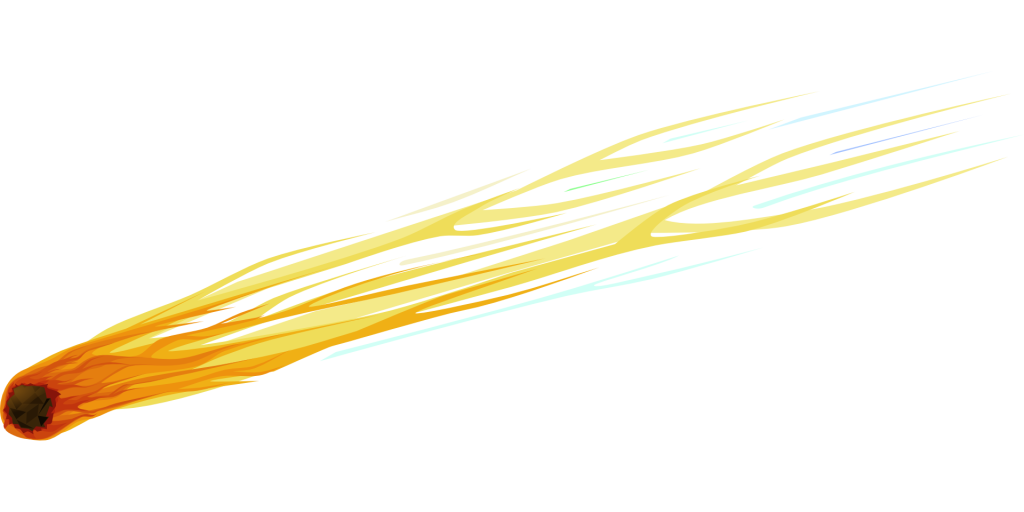The Leonid meteor shower peaks this week. Here’s how to watch.
2 min read
The annual Leonid meteor shower will peak this week as Earth passes through the trail of icy, rocky debris left behind nearly 30 years ago by the comet Tempel-Tuttle.
On Thursday (Nov. 17) around 7 p.m. EST, Earth will swoop near a particularly dense patch of debris, resulting in sightings of about 15 meteors per hour, according to Live Science’s sister site Space.com. Skywatchers in Europe and western Asia will have the best view, while observers in North America will have to wait until after midnight for their best look at the shower. The Leonids may appear bright — and even colorful — as they streak through Earth’s atmosphere.
On Saturday (Nov. 19), stargazers may have another chance to see the Leonids, when Earth may pass through a stream of debris left by the comet more than 300 years ago. Viewers in North America who are up around 1 a.m. ET will have a chance to see anywhere from 50 to 200 meteors per hour, according to Space.com.
Related: What’s the difference between asteroids, comets and meteors?Related stories—The 12 strangest objects in the universe
—Fridge-size asteroid detected just 2 hours before it slammed into Earth
—What are the largest impact craters on Earth?
As with all meteor showers, we can thank an ancient comet for this week’s Leonid display. Comet Tempel-Tuttle orbits the sun every 33 years, leaving an icy trail of debris behind it wherever it goes. In mid-November, Earth crosses the part of the comet’s trail that intersects with our planet’s orbit, resulting in bits of rocky detritus tumbling through our atmosphere at speeds upwards of 150,000 mph (241,000 km/h).
Meteor showers are named for the constellation from which the meteors appear to originate. In this case, that’s Leo the lion. This feline constellation is located in the northern sky, just below the bowl of the Big Dipper. Skywatchers will have to wait until Leo is above the horizon in order to catch this week’s meteor display.
You don’t need any special equipment to view a meteor shower. NASA’s best tips for meteor viewing are: find the darkest place you can, cozy up with a blanket or sleeping bag and keep looking up. It takes your eyes about 30 minutes to adjust to the dark, so be patient — and stay warm.







